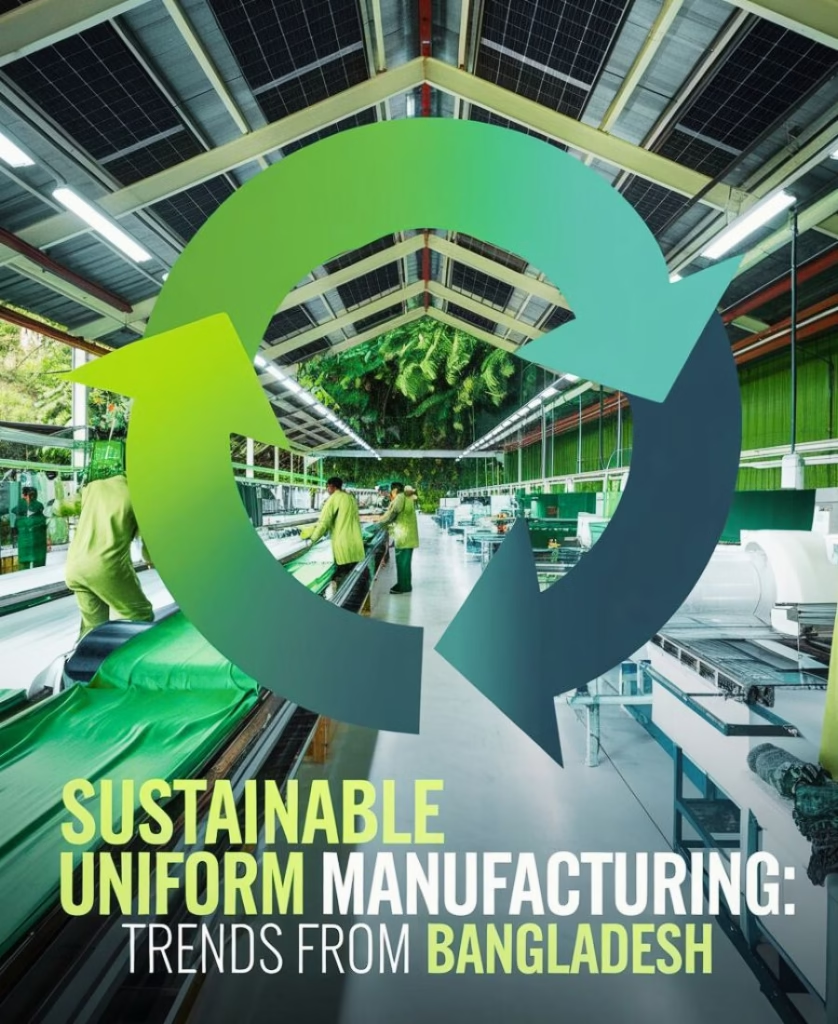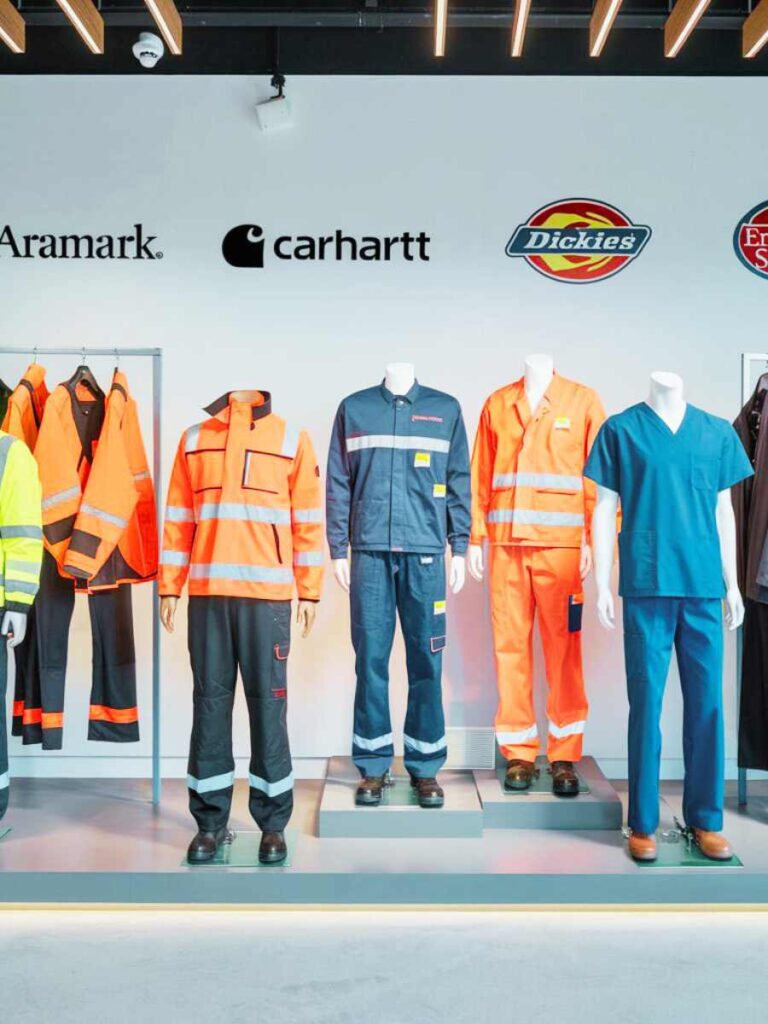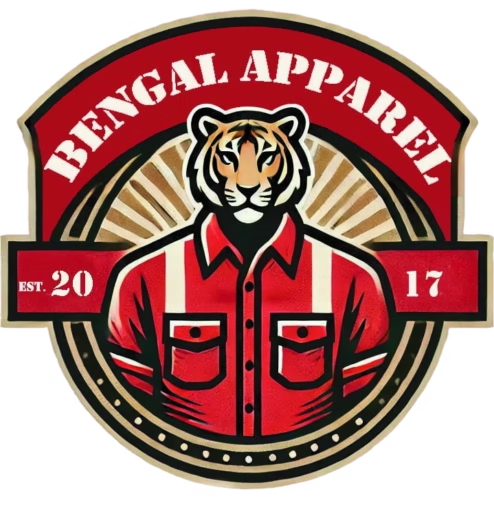In recent years, the global fashion and textile industry has faced increasing pressure to adopt sustainable practices, and Bangladesh—a key player in the global apparel market—is no exception. As the world’s second-largest exporter of ready-made garments (RMG), Bangladesh is making significant strides in sustainable uniform manufacturing. This blog explores the latest trends, innovations, and eco-friendly practices transforming the local uniform manufacturing industry, with a focus on sustainable materials and processes.
The Rise of Sustainable Uniform Manufacturing in Bangladesh
Bangladesh’s RMG sector contributes over 80% of the country’s total export revenue, making it a vital part of the economy. However, the industry has historically faced criticism for its environmental impact, including water pollution, excessive waste, and high carbon emissions. In response, manufacturers are embracing sustainable uniform manufacturing to reduce their ecological footprint and meet the growing demand for eco-friendly products.
The shift towards sustainability is driven by several factors:
- Global Demand: International buyers and brands are increasingly prioritizing sustainable practices, pushing manufacturers to adopt greener methods.
- Regulatory Pressure: Stricter environmental regulations and compliance standards are encouraging manufacturers to innovate.
- Consumer Awareness: Consumers are becoming more conscious of the environmental impact of their purchases, creating a market for sustainable uniforms.
Cost Savings: Sustainable practices, such as energy efficiency and waste reduction, often lead to long-term cost savings
Eco-Friendly Practices in Sustainable Uniform Manufacturing
Bangladesh’s uniform manufacturers are implementing a range of eco-friendly practices to minimize their environmental impact. Here are some of the most notable trends:
- Sustainable Materials
The choice of fabric is one of the most critical factors in sustainable uniform manufacturing. Manufacturers are increasingly using eco-friendly materials, such as:
- Organic Cotton: Grown without synthetic pesticides or fertilizers, organic cotton reduces water consumption and soil degradation.
- Recycled Polyester: Made from post-consumer plastic waste, recycled polyester reduces reliance on virgin materials and diverts plastic from landfills.
- Hemp and Bamboo: These fast-growing, renewable resources require minimal water and pesticides, making them ideal for sustainable uniforms.
- Tencel and Lyocell: Derived from sustainably sourced wood pulp, these fabrics are biodegradable and produced in closed-loop systems that minimize waste.
- Waterless Dyeing and Finishing
Traditional dyeing processes are water-intensive and generate harmful wastewater. To address this, manufacturers are adopting waterless dyeing technologies, such as:
- AirDye: This technology uses air instead of water to transfer dye onto fabrics, reducing water usage by up to 95%.
- Digital Printing: A precise and efficient method that minimizes water and dye waste.
- Energy-Efficient Production
Many factories in Bangladesh are transitioning to renewable energy sources, such as solar power, to reduce their carbon footprint. Additionally, energy-efficient machinery and LED lighting are becoming standard in sustainable uniform manufacturing.
- Waste Reduction and Recycling
Manufacturers are implementing zero-waste production techniques to minimize fabric waste during cutting and sewing. Scraps and offcuts are often recycled into new products or repurposed for insulation and packaging.
- Circular Economy Initiatives
The concept of a circular economy is gaining traction in Bangladesh’s uniform manufacturing sector. This involves designing uniforms for longevity, recyclability, and reuse. For example:
- Take-Back Programs: Manufacturers collaborate with brands to collect and recycle old uniforms.
- Upcycling: Old uniforms are transformed into new products, such as bags or accessories.

Innovations Driving Sustainable Uniform Manufacturing
Bangladesh’s uniform manufacturers are leveraging cutting-edge technologies and innovative practices to enhance sustainability. Here are some of the most exciting developments:
- Green Factories
Bangladesh is home to over 150 LEED-certified green factories, the highest number in the world. These factories are designed to minimize environmental impact through features like solar panels, rainwater harvesting, and energy-efficient HVAC systems.
- Blockchain for Transparency
Blockchain technology is being used to create transparent supply chains, allowing consumers to trace the origin of materials and verify sustainable practices.
- 3D Sampling
Virtual sampling reduces the need for physical prototypes, saving time, materials, and resources. This technology is particularly useful for sustainable uniform manufacturing, as it minimizes waste during the design phase.
- Biodegradable Packaging
Manufacturers are replacing plastic packaging with biodegradable alternatives, such as compostable bags and recycled paper.
Challenges and Opportunities
While Bangladesh has made significant progress in sustainable uniform manufacturing, several challenges remain:
- High Initial Costs: Implementing sustainable practices often requires significant upfront investment.
- Limited Awareness: Smaller manufacturers may lack the knowledge or resources to adopt eco-friendly methods.
- Infrastructure Gaps: Inadequate waste management and recycling infrastructure can hinder sustainability efforts.
However, these challenges also present opportunities for growth and innovation. By investing in education, technology, and infrastructure, Bangladesh can solidify its position as a leader in sustainable uniform manufacturing.
Case Study: A Sustainable Success Story
One notable example is Arbella Fashion Ltd., a Bangladeshi manufacturer specializing in eco-friendly uniforms. By switching to organic cotton and recycled polyester, Arbella Fashion Ltd. reduced its carbon footprint by 30%. The company also implemented waterless dyeing and solar energy, achieving LEED Platinum certification for its factory.
Arbella Fashion Ltd.’s success demonstrates that sustainable uniform manufacturing is not only possible but also profitable. The company has attracted major international clients, proving that sustainability is a competitive advantage in the global market.
The Future of Sustainable Uniform Manufacturing in Bangladesh
As the demand for eco-friendly products continues to grow, Bangladesh’s uniform manufacturing industry is poised for a sustainable transformation. Key trends to watch include:
- Increased Adoption of Renewable Energy: More factories will transition to solar and wind power.
- Expansion of Circular Economy Models: Take-back programs and upcycling initiatives will become more widespread.
- Collaboration with Global Brands: Partnerships with international buyers will drive innovation and investment in sustainability.
- Government Support: Policies and incentives will encourage manufacturers to adopt green practices.
Conclusion
Bangladesh’s uniform manufacturing industry is at the forefront of the global shift towards sustainability. By embracing eco-friendly materials, innovative technologies, and circular economy principles, manufacturers are reducing their environmental impact while meeting the demands of conscious consumers and brands.
Sustainable uniform manufacturing is not just a trend—it’s a necessity for the future of the industry. As Bangladesh continues to lead the way, it sets an example for other countries to follow, proving that sustainability and profitability can go hand in hand.




